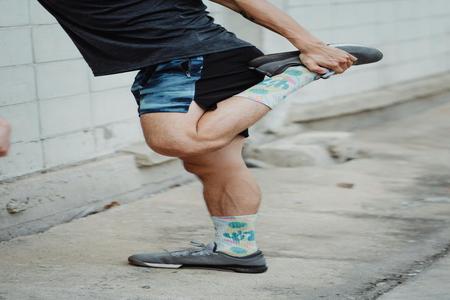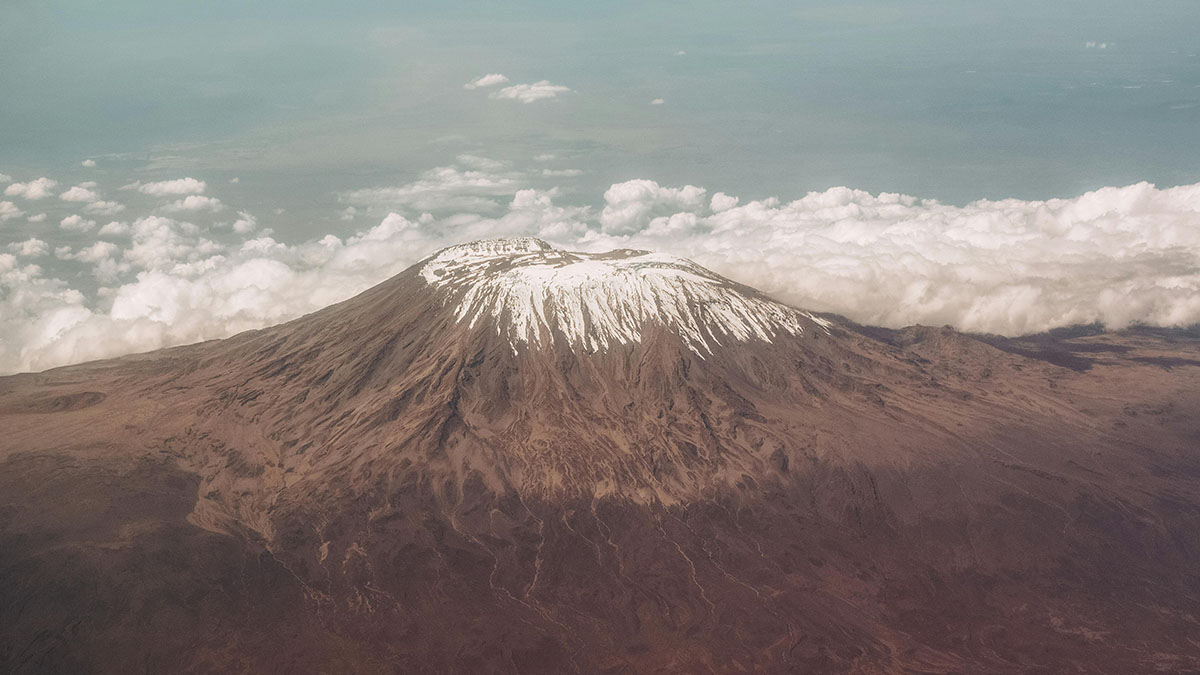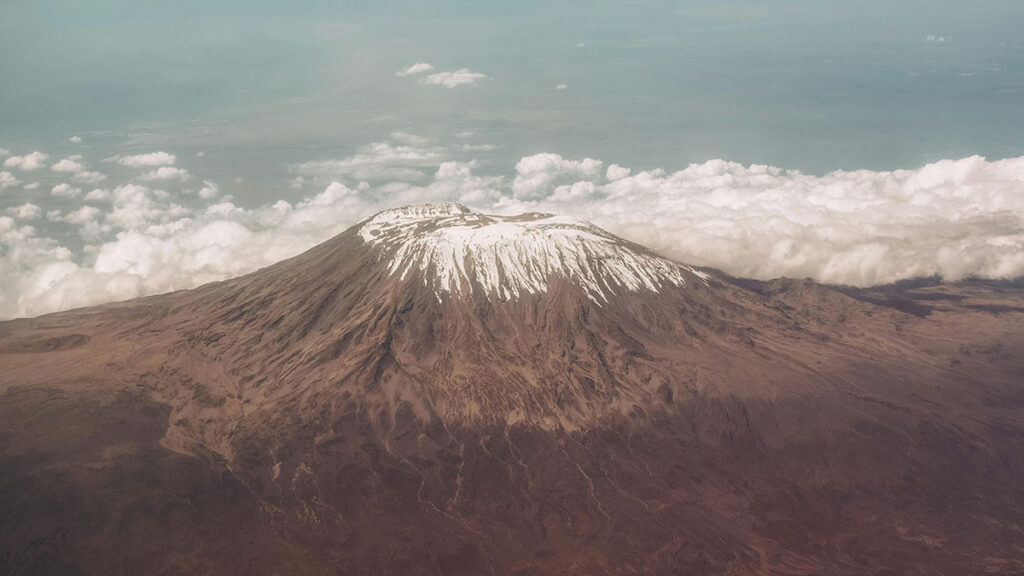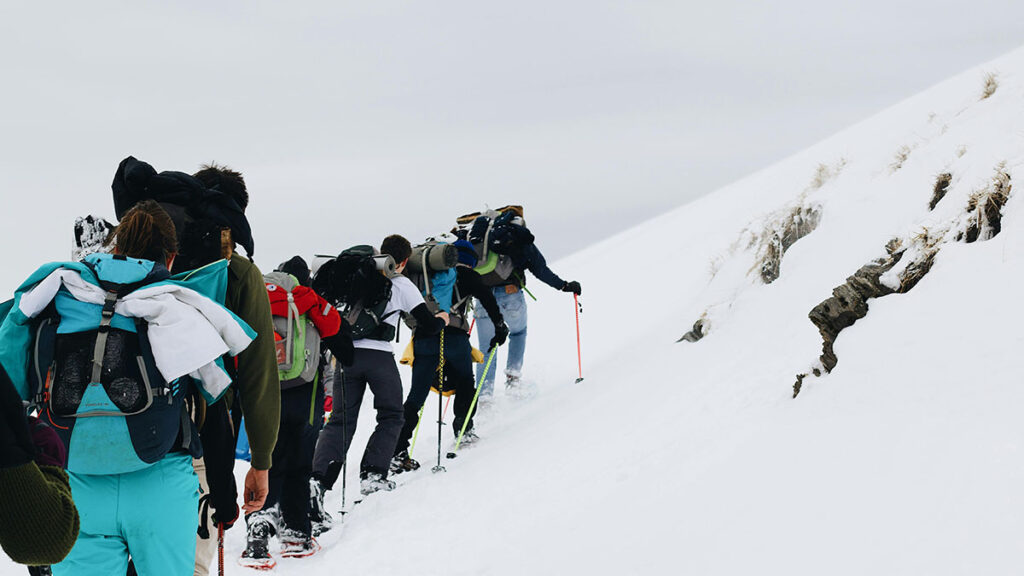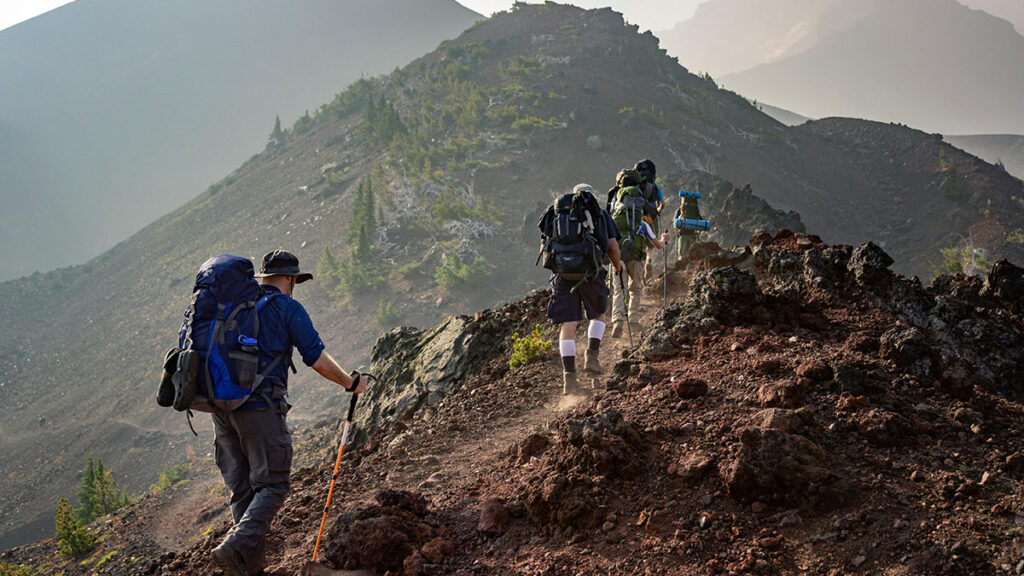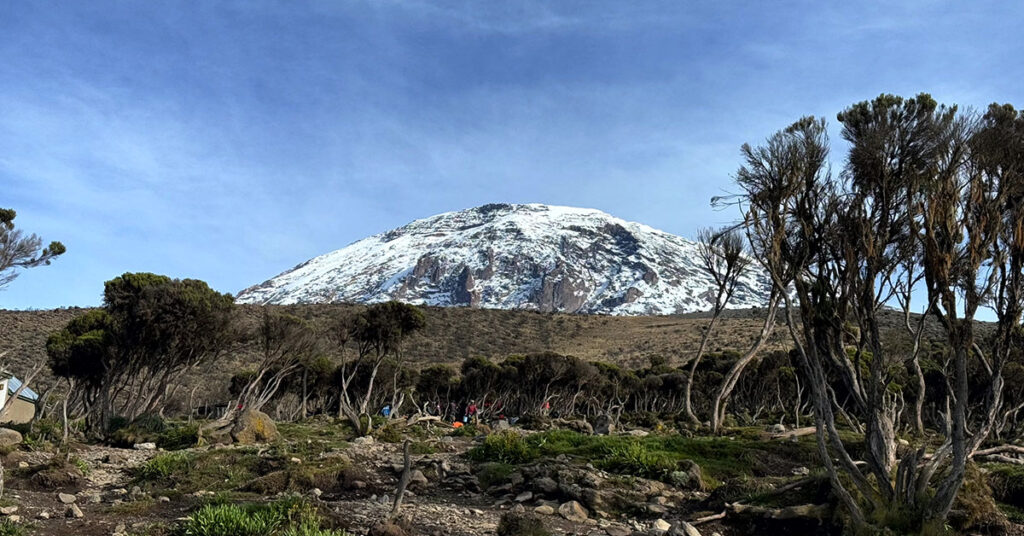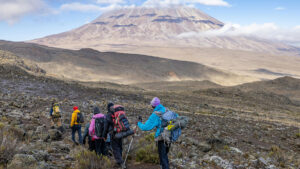Table of Contents
Post-Hike Muscle Care: Stretching Tips for Kilimanjaro Trekkers | Kili Quests
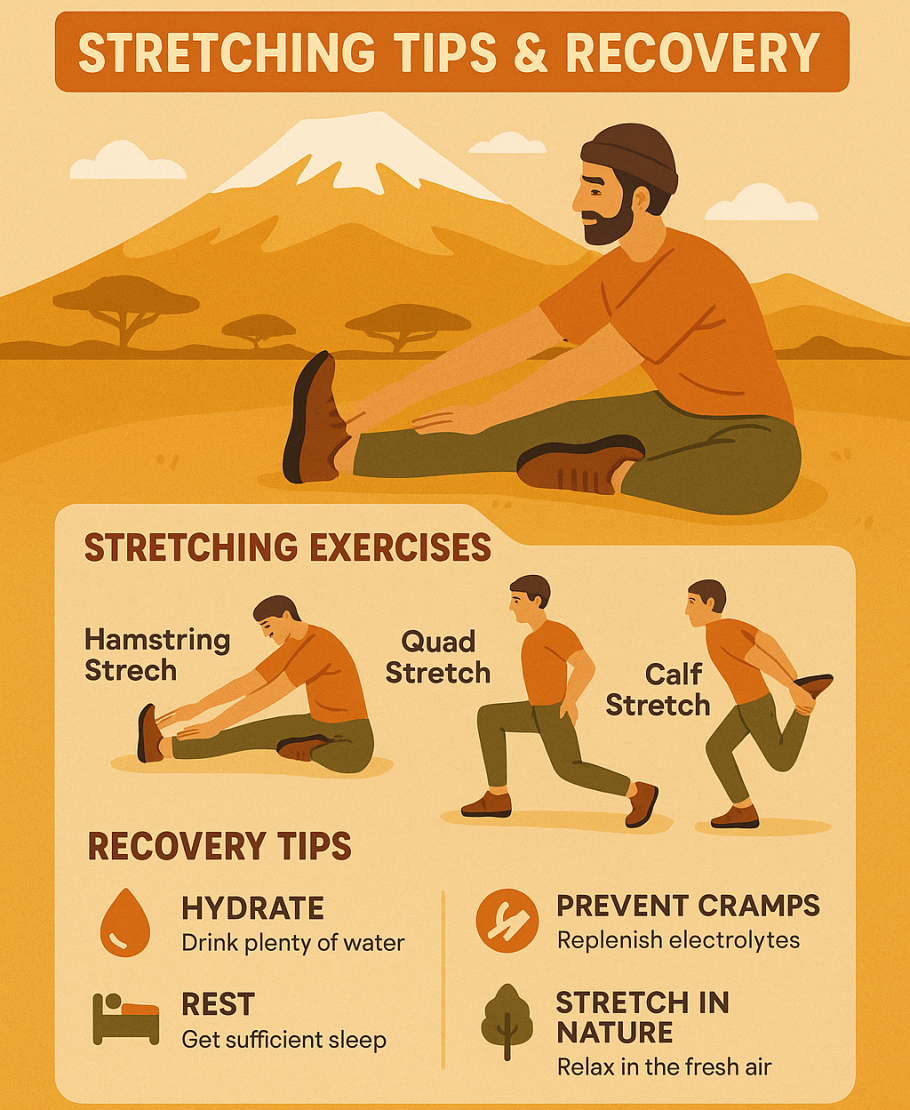
Why Stretching After Kilimanjaro Matters
- Stretching helps release tightness after long hours of climbing, especially in the legs, hips, and lower back.
2. Improves Circulation
- Increased blood flow delivers oxygen and nutrients to tired muscles, speeding up recovery.
- Proper stretching helps maintain flexibility, reducing post-hike stiffness and injury risk.
4. Boosts Flexibility
- You’ll move easier and feel better in the days after the trek by improving your range of motion.
Best Post-Hike Stretches for Kilimanjaro Trekkers
- Targets: Front of thighs
- Stand tall, grab one ankle behind you, and pull it toward your glutes.
- Targets: Back of thighs
- Sit with one leg extended, reach toward your toes while keeping a straight back.
- Targets: Lower legs
- Stand facing a wall, step one foot back, and push the heel into the floor.
- Targets: Front hips
- Step into a forward lunge, lower hips, and feel the stretch in your rear hip.
- Targets: Outer thighs
- Cross one leg over the other, lean sideways toward the back leg.
- Targets: Lumbar spine
- Lie on your back, bring one knee to your chest and hug it gently.
- Targets: Arms, shoulders, back
- Reach overhead and lean side to side, then push palms forward to stretch upper back.
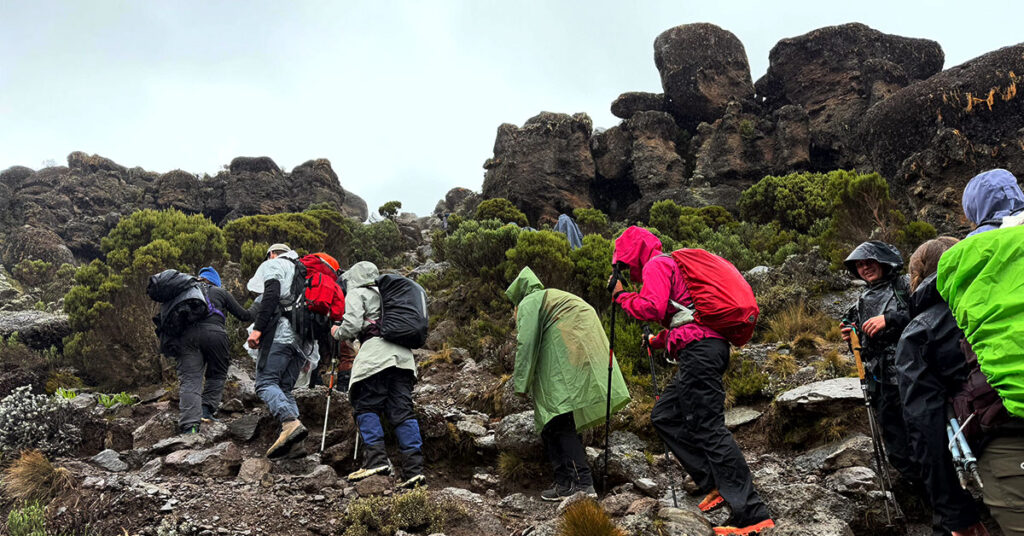
Effective Stretching Tips
- Warm up first: A light walk or gentle motion preps your muscles.
- Stretch gently: Never push into pain — just a mild, steady pull.
- Breathe deeply: Deep breaths relax muscles and enhance each stretch.
- Stretch consistently: Do these daily for a few days post-trek.
Bonus Recovery Tips for Sore Muscles
- Hydrate well: Flush out lactic acid buildup and toxins
- Eat protein: Help muscle tissue repair
- Foam roll: Massage out knots in quads, calves, and back
- Rest fully: Sleep allows your body to reset and rebuild
Climb Kilimanjaro with Experts – Our guides help you stretch and recover after your trek — not just during the climb.
Let Kili Quests Guide Your Full Journey
Related Articles
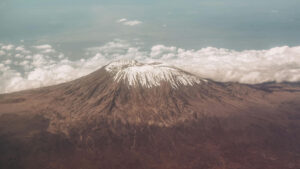
Mount Kilimanjaro Overview: Location, Height & Trek Info
Mount Kilimanjaro, Africa’s highest peak, stands tall at 5,895 meters (19,341 feet) above sea level. Located in northern Tanzania, this iconic free-standing volcano draws thousands of trekkers each year. Whether you’re planning your first summit or comparing routes, this comprehensive guide covers everything you need to know—from choosing the best route to preparing for altitude and understanding what to expect on the mountain.
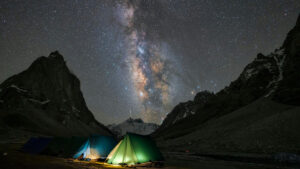
Guide to Cold Nights on Mount Kilimanjaro
Table of Contents Mount Kilimanjaro Night Temperature: What to Expect During Your Trek and Summit Day | Kili Quests Climbing Mount Kilimanjaro is a
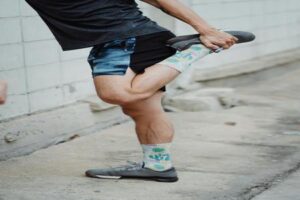
Post-Climb Kilimanjaro: Recovery Tips & Stretches
Table of Contents Post-Hike Muscle Care: Stretching Tips for Kilimanjaro Trekkers | Kili Quests Climbing Mount Kilimanjaro is an incredible achievement — but the


